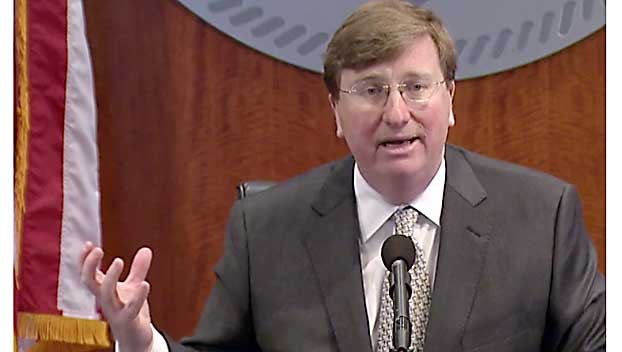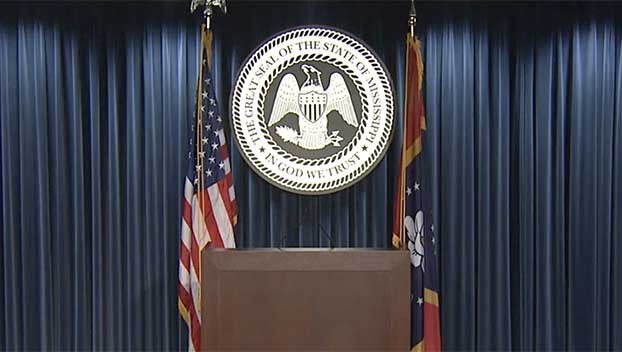How the states’ rights argument was used as a mask to hide the hideousness of white supremacy
Published 11:04 am Wednesday, February 7, 2018
John C. Calhoun of South Carolina (1782-1850) was known as the antebellum South’s “cast-iron man”—iron-willed particularly on the issue of states’ rights. And since polling tells us that most Americans, not just Southerners, think that the principle of states’ rights was the primary cause of secession and the Civil War—our near-death experience as a nation—we need to understand this man’s unbending principles a bit better.
The Nullification Crisis of 1832-33 is the obvious place to start. In 1828, Congress had enacted a protective tariff, an import tax intended to help manufacturers in places like Pennsylvania, but clearly harmful to agriculturalists in places like Carolina. As a planter himself, Calhoun certainly disliked the tariff. But more, he disputed the federal government’s authority to levy any such protective tariff. The real issue, he said, was constitutional principle.
He pointed out that the Constitution gave no “expressed power” to Congress to levy protective tariffs (as opposed to revenue tariffs). Supporters of the tariff argued that Congress had been granted undefined “implied powers” to levy such taxes by the General Welfare Clause of the Constitution’s Preamble. Calhoun answered that such a “loose construction” of the Supreme Law would let loose the insatiable beast of ever-expanding federal government authority.
Rather than centralize so much power in Washington and risk tyrannical abuses, he thought that it would be best to keep power dispersed among the states. Thus, “states’ rights.”
And so, South Carolina—led by Calhoun—asserted the state’s right to “nullify” the federal law creating the tariff, to invalidate it within the state’s borders. And also, the state’s right to secede unilaterally from the Union if it didn’t get its way. President Andrew Jackson counter-asserted his duty to hang Calhoun and lay waste to the state if they dared do either. Thus, the “crisis.”
In the end, compromise prevailed. But as Calhoun admitted, and as Jackson saw, the core issue had not been resolved. Because in fact the crisis had not actually been about constitutional theory any more than it had been about taxes; the high-toned principle of states’ rights was merely a mask to hide the unsightly face of white supremacist slavery.
There is a vital point here. Revealingly, Calhoun, the states’ rights champion, had been a “nationalist” earlier in his career. But, no, he was not being inconsistent. States’ rights were merely means to an end. As such, they were tactics subject to change.
But Calhoun and the Antebellum South never wavered in pursuit of their goal, the true “cast-iron” principle of their deepest devotion. Whether achieved by means of state law or federal law, the end to be secured was always the security of racial slavery.
To Calhoun, a “strict constructionist” interpretation of the Constitution, which would confine the federal government to “expressed powers” only, would keep slavery safe from federal interference. But “the cast-iron man” wilted before the prospect of a northern-dominated federal government empowered by “loose construction” and “implied powers” in service to the “general welfare.”
Under this guise, thought Calhoun, the arguments justifying a protective tariff could later be deployed in any number of ways to support a federal assault on slavery, “our peculiar domestic institution.” And, while tariffs were an undoubted nuisance, abolition would be apocalypse.
Here is the real “crisis” of 1832.
From this date forward, Southerners generally dispensed with the mask and freely stated the paramount necessity of protecting racial slavery. In their secession documents of 1860-61, as we’ve seen, they were often brutally explicit.
After 1865, though, having been discredited by their failed and calamitous war, they dishonestly donned the mask of “honorable” states’ rights once again. Ex-Confederate leaders like Jefferson Davis and Alexander Stephens shamelessly and repeatedly contradicted their own pre-war, pro-slavery statements.
Their Big Lie worked. And still works, thanks to the tireless propagandizing of Neo-Confederates and to a general desire to avoid unpleasant truths. Today, after more than 150 years, the disguise of principle still obscures the ugly mug of Confederate origins.
Jim Wiggins is a retired Copiah-Lincoln Community College history instructor.





